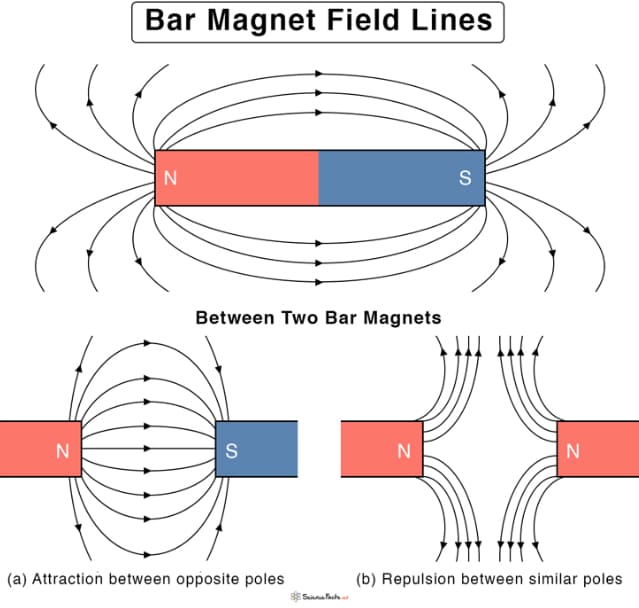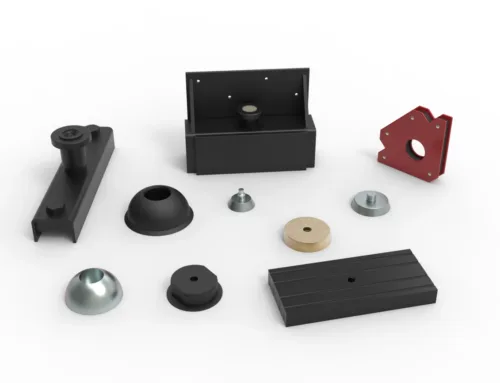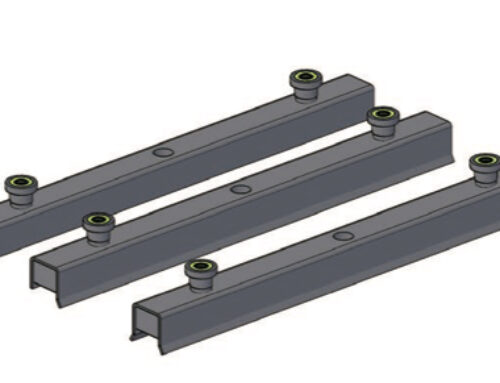What is permanent magnetism
Magnets seem simple, but their power lies in invisible forces that shape modern technology. From your phone to electric motors, magnetism makes it all possible.
Permanent magnetism refers to the consistent magnetic field produced by certain materials without the need for an external power source. It contrasts with induced magnetism, which only occurs in the presence of an external field.

magnet field lines(photo from sciencefacts)
Let’s explore the difference between permanent and induced magnetism, how permanent magnets are made, their properties, and how they shape industries around the world.
What is permanent magnetism and induced magnetism?
Some magnets last forever, while others need help to work. Understanding the contrast reveals a lot about how magnetism works in the real world.
Permanent magnetism is built-in and stable, while induced magnetism is temporary and depends on external magnetic influence.
Key Differences Between Permanent and Induced Magnetism
| Feature | Permanent Magnetism | Induced Magnetism |
|---|---|---|
| Magnetic Source | Internal magnetic domains | External magnetic field |
| Duration | Long-lasting, often permanent | Temporary, disappears when field is removed |
| Examples | Neodymium, Ferrite magnets | Iron nail near a strong magnet |
| Uses | Motors, sensors, speakers | Magnetic shielding, transformers |
How Each Type Works
Permanent magnetism is the result of aligned magnetic domains within a material. These domains remain in position even when the external influence is removed. This self-sustaining field means the material doesn’t require a power source.
Induced magnetism, on the other hand, happens when a normally non-magnetic object becomes magnetized by being near a magnetic field. The object only stays magnetized while exposed. This principle is used in many electrical applications like inductors and electromagnets.
Permanent magnets are crucial in tech design. For example, when I worked on motor assemblies for small electric vehicles, choosing the right permanent magnet material saved significant space and cost. Meanwhile, we used induced magnetism in sensor applications where the field had to vary with input.
Conclusion
Permanent magnetism stays stable over time without external influence, making it essential in electronics, motors, and daily devices.





Leave A Comment